Wilde’s “The Happy Prince, and Other Fairy Stories”: Fairy Tales as Children’s Literature by Taylor S.
“The Happy Prince, and Other Fairy Stories” is a fairytale collection for children by Oscar Wilde. The 1908 early edition, published by G.P. Putnam’s Sons, features “The Nightingale and the Rose” in addition to four other short stories: the titular “The Happy Prince”, “The Selfish Giant”, “The Young King”, and “The Star Child”. Despite being a children’s story, the book looks quite conventional: though the cover has ornate gold decorations, it lacks the bright colors typical of a children’s work. Additionally, the text is rigid, and some of the language is formal—although this is likely just a hallmark of the publication year.
The book is small—the perfect size for tiny hands—with large margins and text, although it notably has no images even though it is designated as a work meant for children. This very characteristic—that “The Nightingale and the Rose” is, in this collection, a children’s story—changes the very context with which it is read. The plot itself is simple: in a magical world, a boy yearning to dance with a young girl searches for a rose, which a little bird sacrifices her life to provide in the name of true love. Common fairytale elements are suddenly central to the text: unnamed characters with stereotypical traits (the practical Student, the shallow girl, the fragile Nightingale, etc.); the inclusion of a magic system that is accepted as normal (the idea that the Nightingale pressing her heart to the thorn will render an otherworldly, beautiful red rose); the presence of a moral (that true love, although unrequited, requires sacrifice). In fact, perhaps this tale is only missing its “once upon a time”. The diminutive size of the book only re-emphasizes that it, from inside to out, is for early readers.
Some of the more complex ideas of the story may be overlooked by younger readers, and their presence almost contradicts the “for children” classification. For example, the Student’s obsession with what can be explained undermines his ability to truly understand love and beauty, so when he sees the red rose laboriously produced by the Nightingale he can only think that “it has a long Latin name” (38). The object of his affection is the daughter of the Professor—perhaps this is what makes her desirable—and he eventually denies his yearning for love as “unpractical” (40). Thus, while the Student is at surface level the cliché, lovesick character typical of fairy tales (think Prince Charming), which makes him easier for children to understand, he also possesses qualities that incite deeper thought upon a closer read. The very moral of the story—a lesson on unrequited love and sacrifice—is rejected by him as he goes “back to Philosophy” at the end of the story and denounces love as silly (40). In this way, an adult reader may adopt a more critical review of the moral, mirroring the Student, or may accept the Nightingale’s act as proof that love is powerful and not “silly” at all, even if this is not accepted by the Student himself.
The darker themes in “The Nightingale in the Rose” are typical of some other fairytales: “The Little Mermaid”, “Snow White”, and more, in their original, non-Disney forms, involve murder and self-sacrifice. Yet these works are still considered children’s literature (I had an illustrated storybook of Grimms’ Fairy Tales as a kid). Thus, perhaps the presence of adult themes does not take away from their status as children’s fairytales, but adds something for adults to enjoy as well.
When you first read this story in class, did you think of it as a fairytale for children? I certainly didn’t! What elements of a story designate it as either “for kids” or “for adults” to you?


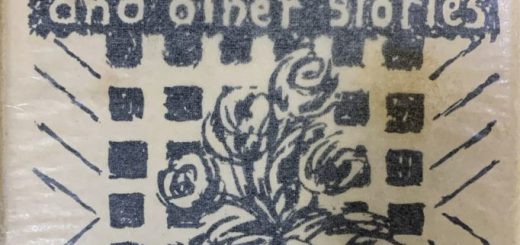
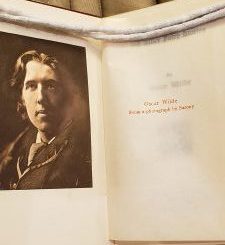
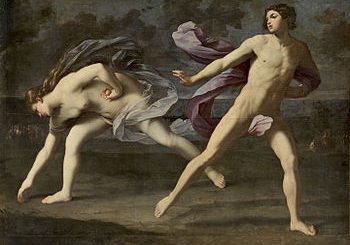

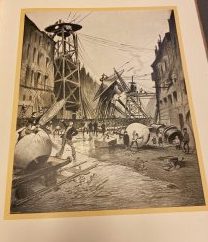

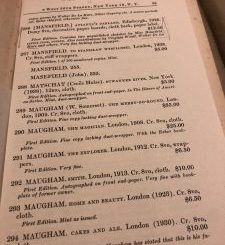

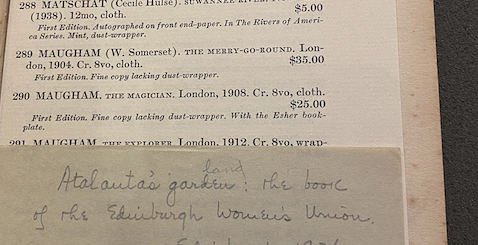
Recent Comments